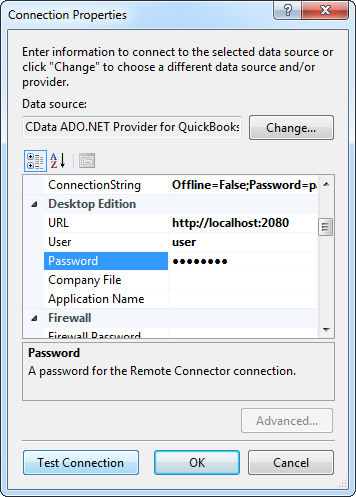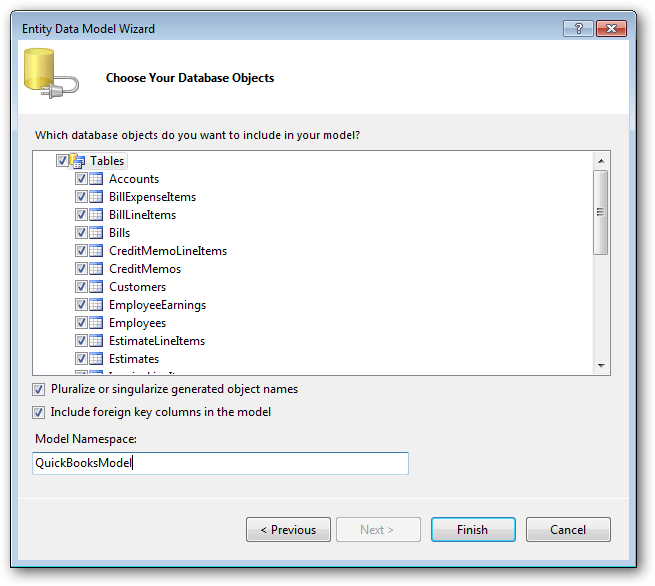Discover how a bimodal integration strategy can address the major data management challenges facing your organization today.
Get the Report →LINQ to REST Data
LINQ offers versatile querying capabilities within the .NET Framework (v3.0+), offering a straightforward method for programmatic data access through CData ADO.NET Data Providers. In this article, we demonstrate the use of LINQ to retrieve information from the REST Data Provider.
This article illustrates using LINQ to access tables within the REST via the CData ADO.NET Data Provider for REST. To achieve this, we will use LINQ to Entity Framework, which facilitates the generation of connections and can be seamlessly employed with any CData ADO.NET Data Providers to access data through LINQ.
See the help documentation for a guide to setting up an EF 6 project to use the provider.
- In a new project in Visual Studio, right-click on the project and choose to add a new item. Add an ADO.NET Entity Data Model.
- Choose EF Designer from Database and click Next.
- Add a new Data Connection, and change your data source type to "CData REST Data Source".
Enter your data source connection information.
See the Getting Started chapter in the data provider documentation to authenticate to your data source: The data provider models REST APIs as bidirectional database tables and XML/JSON files as read-only views (local files, files stored on popular cloud services, and FTP servers). The major authentication schemes are supported, including HTTP Basic, Digest, NTLM, OAuth, and FTP. See the Getting Started chapter in the data provider documentation for authentication guides.
After setting the URI and providing any authentication values, set Format to "XML" or "JSON" and set DataModel to more closely match the data representation to the structure of your data.
The DataModel property is the controlling property over how your data is represented into tables and toggles the following basic configurations.
- Document (default): Model a top-level, document view of your REST data. The data provider returns nested elements as aggregates of data.
- FlattenedDocuments: Implicitly join nested documents and their parents into a single table.
- Relational: Return individual, related tables from hierarchical data. The tables contain a primary key and a foreign key that links to the parent document.
See the Modeling REST Data chapter for more information on configuring the relational representation. You will also find the sample data used in the following examples. The data includes entries for people, the cars they own, and various maintenance services performed on those cars.
Below is a typical connection string:
DataModel=Relational;URI=C:/people.xml;Format=XML;- If saving your entity connection to App.Config, set an entity name. In this example we are setting RESTEntities as our entity connection in App.Config.
- Enter a model name and select any tables or views you would like to include in the model.


Using the entity you created, you can now perform select , update, delete, and insert commands. For example:
RESTEntities context = new RESTEntities();
var peopleQuery = from people in context.people
select people;
foreach (var result in peopleQuery) {
Console.WriteLine("{0} {1} ", result.Id, result.[ personal.name.first ]);
}
See "LINQ and Entity Framework" chapter in the help documentation for example queries of the supported LINQ.






